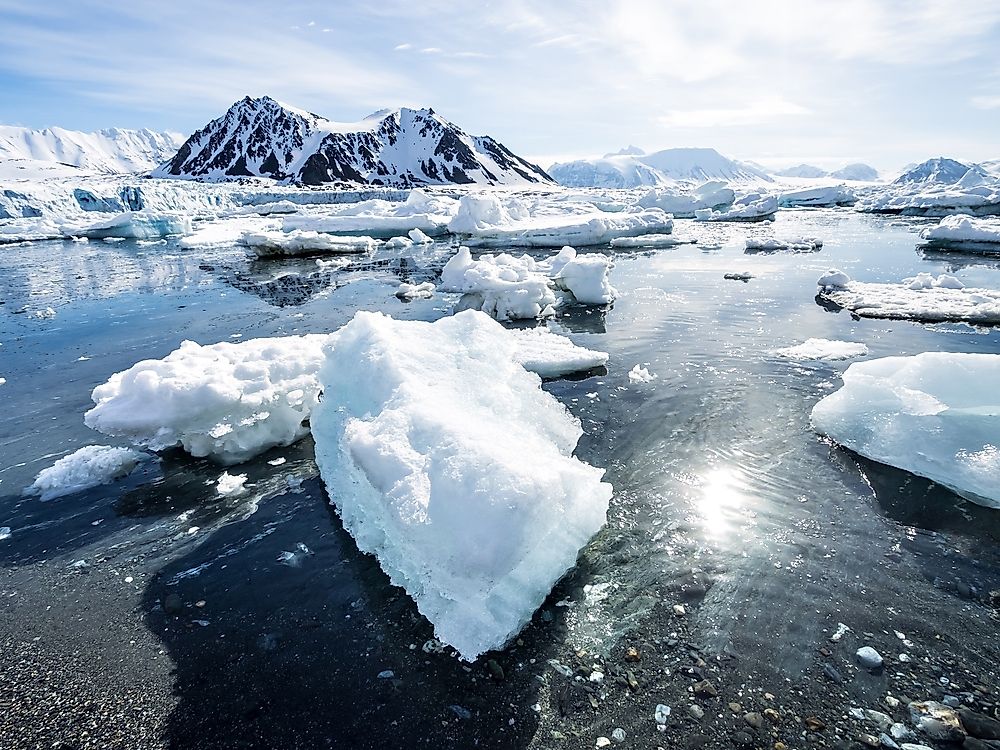What Is Seabed Gouging By Ice?

Seabed gouging by ice is a process in which floating ice, usually icebergs and sea ridges, drifts into shallower regions of a body of water, and the keel comes into contact with the seabed. The phenomenon occurs in offshore areas, as well as rivers, lakes, sea, and ocean expanses. The ice structures are driven by environmental factors, such as wind and currents, and the gouging process begins when the keel of the ice interacts with the sea bed. The pressure applied by the keel on the seabed creates furrows, which are often called gouges or scours. Soil resistance on the keel of the iceberg may cause the iceberg to tilt upwards, leading to less interaction between the keel and the seabed, and therefore allowing the iceberg to move forward. In some cases, soil resistance on the seabed may cause the keel tip to fracture, which results in a smaller iceberg that can move to shallower water depths. Ice gouging is a well-studied phenomenon, and remains a primary geomorphic process in freezing seas and lakes in the mid-latitudes.
Classification
Ice gouging is classified into single and multiple keel events. Single keel events occur when an iceberg with one keel comes into contact with the seabed and creates a gouge in the soil. The soil on the sides of a gouge is pushed away from the iceberg, which creates berms. Multiple keel events occur when an iceberg with multiple keels comes into contact with the seabed. Ice gouges resulting from multi-keeled icebergs are called "multiplet" events.
Gouge Dimensions
Gouge dimensions are determined by analyzing trends of other gouges in the area under study. The critical parameters of ice gouge risk assessment are gouge rate and gouge dimensions, which include width and depth. Gouge depth, which is also known as incision depth, is measured from the sea bed level before disturbance to the deepest point of the gouge, while gouge width is measured between the two points inside the gouge at the same level as the seabed before it was disturbed. The gouge rate is defined as the number of gouges passing per mile each year.
Importance of Seabed Characteristics
It is important to note that seabed reaction to keel pressure is intrinsically dependent on the conditions of the soil in the seabed. Therefore, seabed factors to consider include soil type and soil properties. Soil characteristics can be obtained through drilling and extraction of cylindrical core samples in the area of interest.
Ice Gouging and Oil/Gas Extraction
According to estimates by the United States Geological Survey (USGS), between 13% and 30% of the world's undiscovered oil and gas reserves are likely located in the northern region of the Arctic Circle. However, the Arctic presents considerable challenges in the design, operation, and construction of offshore facilities and equipment. These challenges stem from the sensitive ecosystem, severe winter conditions, and drifting icebergs and sea ridges that gouge the seabed, thereby presenting threats to equipment, especially pipelines, which are the most efficient means of transporting extracted oil and gas. Therefore, it is critical to design pipelines that consider the impacts of potential ice gouging.











